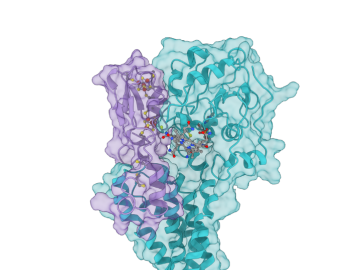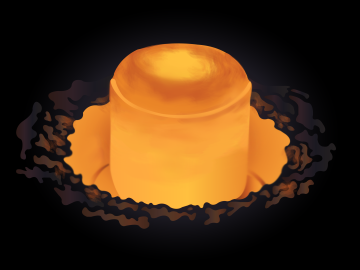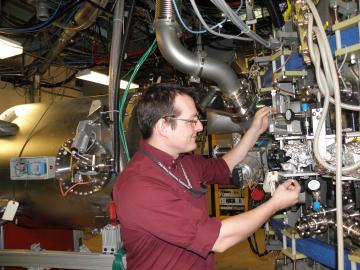
Filter News
Area of Research
- (-) Energy Science (67)
- (-) Nuclear Science and Technology (25)
- Advanced Manufacturing (1)
- Biological Systems (1)
- Biology and Environment (86)
- Biology and Soft Matter (1)
- Computational Biology (1)
- Computational Engineering (1)
- Electricity and Smart Grid (1)
- Fuel Cycle Science and Technology (1)
- Fusion and Fission (30)
- Fusion Energy (5)
- Isotope Development and Production (1)
- Isotopes (11)
- Materials (34)
- Materials for Computing (2)
- National Security (22)
- Neutron Science (22)
- Sensors and Controls (1)
- Supercomputing (41)
News Type
News Topics
- (-) Biomedical (6)
- (-) Environment (31)
- (-) Grid (22)
- (-) Molten Salt (2)
- (-) Nuclear Energy (28)
- (-) Security (6)
- (-) Space Exploration (4)
- 3-D Printing/Advanced Manufacturing (54)
- Advanced Reactors (10)
- Artificial Intelligence (6)
- Big Data (1)
- Bioenergy (24)
- Biology (9)
- Biotechnology (3)
- Buildings (19)
- Chemical Sciences (13)
- Clean Water (4)
- Composites (7)
- Computer Science (18)
- Coronavirus (10)
- Critical Materials (4)
- Cybersecurity (8)
- Energy Storage (46)
- Exascale Computing (2)
- Fossil Energy (2)
- Frontier (1)
- Fusion (8)
- High-Performance Computing (4)
- Hydropower (1)
- Isotopes (5)
- Machine Learning (4)
- Materials (22)
- Materials Science (18)
- Mathematics (1)
- Mercury (2)
- Microelectronics (1)
- Microscopy (6)
- Nanotechnology (7)
- National Security (5)
- Neutron Science (11)
- Partnerships (12)
- Physics (3)
- Polymers (6)
- Quantum Science (2)
- Simulation (2)
- Summit (4)
- Transportation (34)
Media Contacts

Four research teams from the Department of Energy’s Oak Ridge National Laboratory and their technologies have received 2020 R&D 100 Awards.

Radioactive isotopes power some of NASA’s best-known spacecraft. But predicting how radiation emitted from these isotopes might affect nearby materials is tricky

The inside of future nuclear fusion energy reactors will be among the harshest environments ever produced on Earth. What’s strong enough to protect the inside of a fusion reactor from plasma-produced heat fluxes akin to space shuttles reentering Earth’s atmosphere?

It’s a new type of nuclear reactor core. And the materials that will make it up are novel — products of Oak Ridge National Laboratory’s advanced materials and manufacturing technologies.

A team led by ORNL created a computational model of the proteins responsible for the transformation of mercury to toxic methylmercury, marking a step forward in understanding how the reaction occurs and how mercury cycles through the environment.

As CASL ends and transitions to VERA Users Group, ORNL looks at the history of the program and its impact on the nuclear industry.

After its long journey to Mars beginning this summer, NASA’s Perseverance rover will be powered across the planet’s surface in part by plutonium produced at the Department of Energy’s Oak Ridge National Laboratory.

ORNL researchers have developed an intelligent power electronic inverter platform that can connect locally sited energy resources such as solar panels, energy storage and electric vehicles and smoothly interact with the utility power grid.

Lithium, the silvery metal that powers smart phones and helps treat bipolar disorders, could also play a significant role in the worldwide effort to harvest on Earth the safe, clean and virtually limitless fusion energy that powers the sun and stars.

Scientists at Oak Ridge National Laboratory have demonstrated a direct relationship between climate warming and carbon loss in a peatland ecosystem.


